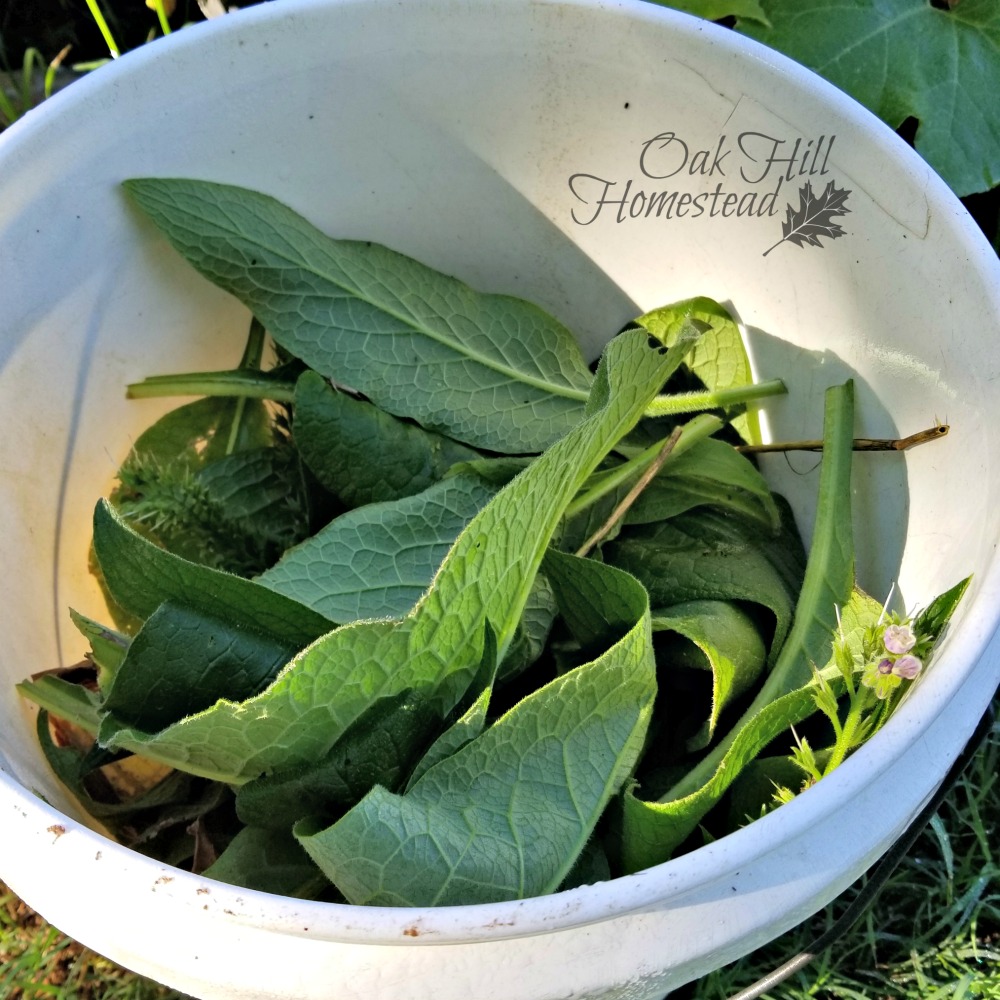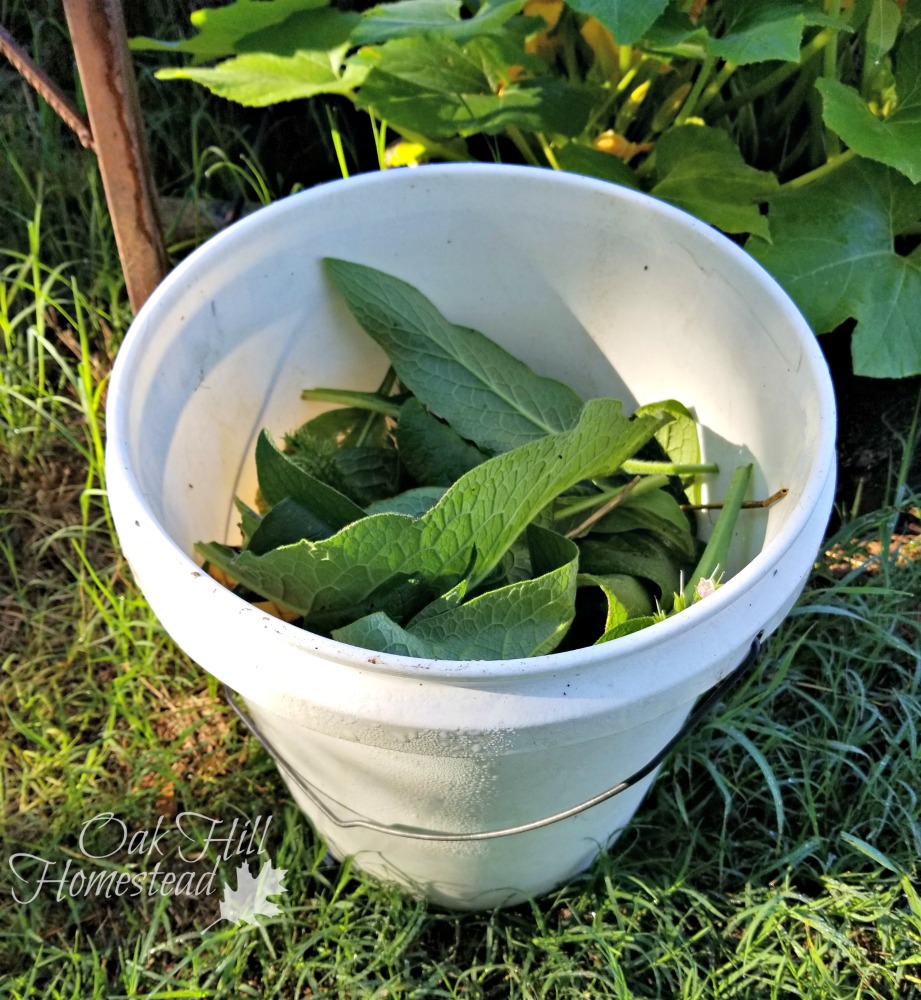Unlocking the Power of Comfrey: A Natural Fertilizer and Health Tonic
Comfrey, a perennial herb native to Europe and Asia, has been utilized for centuries due to its remarkable properties. This versatile plant boasts an impressive nutrient profile, making it an excellent natural fertilizer for gardens and a valuable health tonic for humans. Comfrey’s historical uses date back to ancient Greece, where it was employed to treat a range of ailments, from wounds to digestive issues. Today, comfrey is gaining popularity as a sustainable and eco-friendly solution for gardeners and health enthusiasts alike. By understanding the benefits and uses of comfrey, individuals can harness its power to create a healthier and more thriving garden, while also reaping its rewards for human health. Whether you’re looking to learn how to make comfrey tea for your garden or seeking a natural remedy for common health issues, this ancient herb is definitely worth exploring.
The Benefits of Comfrey Tea for Your Garden
Comfrey tea is a natural and effective way to promote healthy plant growth and improve soil structure and fertility. As a fertilizer, comfrey tea provides a rich source of nutrients, including nitrogen, phosphorus, and potassium, which are essential for plant development. By using comfrey tea as a fertilizer, gardeners can create a thriving and sustainable garden ecosystem. The benefits of comfrey tea for gardens are numerous, including increased crop yields, improved soil aeration, and enhanced microbial activity. Additionally, comfrey tea can help to reduce the need for synthetic fertilizers, making it an attractive option for environmentally conscious gardeners. Whether you’re looking to improve the health of your vegetable garden, flower bed, or lawn, comfrey tea is a valuable tool to have in your gardening arsenal. To get started, learn how to make comfrey tea and begin reaping its rewards for your garden.
A Step-by-Step Guide to Brewing Comfrey Tea
To unlock the full potential of comfrey, learning how to make comfrey tea is a crucial step. Fortunately, brewing comfrey tea is a simple and straightforward process that requires minimal equipment. Here’s a step-by-step guide to get you started:
Materials needed:
- 1 cup of fresh or dried comfrey leaves
- 1 quart of water
- A large glass jar or container with a lid
- A strainer or cheesecloth
Instructions:
- Add 1 cup of fresh or dried comfrey leaves to the glass jar or container.
- Pour 1 quart of water over the comfrey leaves, making sure they are completely submerged.
- Cover the jar or container with a lid and let it steep for 24-48 hours.
- After the steeping process, strain the liquid using a strainer or cheesecloth into
Choosing the Right Comfrey Variety for Your Tea
When it comes to making comfrey tea, the type of comfrey used can significantly impact the flavor, nutritional content, and overall quality of the final product. With several varieties of comfrey available, selecting the right one can be a crucial step in unlocking the full potential of this versatile herb. Here are some of the most popular comfrey varieties and their suitability for making tea:
Bocking 14 Comfrey: This variety is known for its high nutritional content, particularly in terms of protein, vitamins, and minerals. Bocking 14 comfrey has a mild, slightly sweet flavor, making it an excellent choice for those new to comfrey tea. Its high nutrient content also makes it an ideal option for gardeners looking to create a nutrient-rich fertilizer.
Russian Comfrey: As one of the most widely available comfrey varieties, Russian comfrey is a popular choice for making tea. It has a slightly stronger flavor than Bocking 14, with a hint of bitterness. Russian comfrey is also rich in nutrients, although its protein content is slightly lower than Bocking 14.
Other Varieties: There are several other comfrey varieties available, including ‘True’ comfrey, ‘Wild’ comfrey, and ‘Cultivated’ comfrey. While these varieties can also be used to make comfrey tea, they may have slightly different flavor profiles and nutritional contents. When selecting a comfrey variety, consider the specific benefits you’re looking to achieve, whether it’s a nutrient-rich fertilizer or a soothing herbal tea.
Regardless of the variety chosen, it’s essential to ensure the comfrey is of high quality and free of contaminants. When learning how to make comfrey tea, using fresh, organic comfrey leaves will result in a more flavorful and nutritious final product. By selecting the right comfrey variety and following proper brewing techniques, you can unlock the full potential of this incredible herb.
Tips for Maximizing the Nutritional Value of Your Comfrey Tea
When learning how to make comfrey tea, it’s essential to optimize the nutritional benefits of this incredible herb. By following a few simple tips, you can unlock the full potential of comfrey tea and reap its rewards for both your garden and body:
Use Fresh Comfrey Leaves: Fresh comfrey leaves contain higher levels of nutrients and vitamins compared to dried leaves. When possible, use fresh comfrey leaves to brew your tea, and store any excess in an airtight container to preserve their nutritional content.
Store Comfrey Tea Properly: Once brewed, comfrey tea can be stored in the refrigerator for up to 3 days. Make sure to store it in an airtight container to prevent contamination and preserve the tea’s nutritional value.
Combine with Other Herbs: Comfrey tea can be combined with other herbs to create unique flavor profiles and enhance its nutritional benefits. Consider adding herbs like peppermint, chamomile, or lemon balm to create a soothing and nutritious tea blend.
Use the Right Ratio: The ratio of comfrey to water is crucial when learning how to make comfrey tea. Aim for a ratio of 1 part comfrey to 10 parts water to ensure the tea is rich in nutrients and easy to digest.
Experiment with Steeping Times: The steeping time of comfrey tea can impact its flavor and nutritional content. Experiment with different steeping times, from 24 hours to 48 hours, to find the perfect balance for your needs.
By following these simple tips, you can maximize the nutritional value of your comfrey tea and unlock its full potential for both your garden and body. Whether you’re looking to create a natural fertilizer or a soothing health tonic, comfrey tea is an incredible resource that’s waiting to be tapped.
The Health Benefits of Drinking Comfrey Tea
Comfrey tea has been consumed for centuries, and its potential health benefits are vast and varied. From soothing digestive issues to supporting skin health, comfrey tea is a natural remedy that’s worth exploring:
Anti-Inflammatory Properties: Comfrey tea contains compounds like rosmarinic acid and allantoin, which have been shown to have anti-inflammatory properties. This makes it an excellent natural remedy for reducing inflammation and alleviating symptoms associated with conditions like arthritis.
Soothing Digestive Issues: Comfrey tea has been used for centuries to soothe digestive issues like constipation, diarrhea, and irritable bowel syndrome. The tea’s high fiber content and anti-inflammatory properties make it an effective natural remedy for promoting healthy digestion.
Supporting Skin Health: Comfrey tea is rich in antioxidants and vitamins A, C, and E, which are essential for healthy skin. Drinking comfrey tea regularly can help to improve skin elasticity, reduce the appearance of fine lines and wrinkles, and even soothe skin conditions like acne and eczema.
Additional Health Benefits: Comfrey tea has also been shown to have potential health benefits for the cardiovascular system, immune system, and even mental health. Its high antioxidant content can help to reduce oxidative stress, while its calming properties can promote relaxation and reduce anxiety.
While comfrey tea is not a substitute for medical treatment, it can be a valuable addition to a healthy lifestyle. By incorporating comfrey tea into your daily routine, you can reap its many health benefits and enjoy a healthier, happier you.
Common Uses and Recipes for Comfrey Tea
Comfrey tea is a versatile ingredient that can be used in a variety of ways to promote healthy living and gardening. Here are some common uses and recipes to get you started:
Natural Remedy for Skin Conditions: Comfrey tea can be used as a natural remedy for skin conditions like acne, eczema, and rosacea. Simply steep a cup of comfrey tea, let it cool, and use it as a face wash or apply it directly to the affected area.
Hair Rinse: Comfrey tea can be used as a hair rinse to promote healthy hair growth and improve scalp health. Steep a cup of comfrey tea, let it cool, and use it as a final rinse after shampooing.
Ingredient in Soups and Stews: Comfrey tea can be used as an ingredient in soups and stews to add nutrients and flavor. Simply steep a cup of comfrey tea and add it to your favorite recipe.
Comfrey Tea Tonic: Mix comfrey tea with other herbs like peppermint, chamomile, and lemon balm to create a soothing tonic that can be consumed daily. This tonic can help to promote relaxation, reduce anxiety, and support digestive health.
Comfrey Tea Fertilizer: Comfrey tea can be used as a natural fertilizer for your garden. Simply steep a bucket of comfrey tea and use it to water your plants. This will provide them with essential nutrients and promote healthy growth.
By incorporating comfrey tea into your daily routine, you can reap its many benefits and enjoy a healthier, happier you and garden. Whether you’re looking for a natural remedy for skin conditions or a way to promote healthy plant growth, comfrey tea is an excellent addition to any natural health and gardening routine.
Conclusion: Harnessing the Power of Comfrey Tea for a Healthier You and Garden
In conclusion, comfrey tea is a versatile and nutrient-rich herb that offers a multitude of benefits for both garden and human health. By learning how to make comfrey tea and incorporating it into your daily routine, you can promote healthy plant growth, improve soil fertility, and support overall well-being.
Whether you’re a seasoned gardener or just starting out, comfrey tea is an excellent addition to any natural health and gardening routine. With its anti-inflammatory properties, ability to soothe digestive issues, and support for skin health, comfrey tea is a natural remedy that can be used in a variety of ways to promote healthy living.
By following the simple steps outlined in this article, you can start harnessing the power of comfrey tea for yourself. From brewing the perfect cup to using it as a natural fertilizer, the possibilities are endless. So why not give comfrey tea a try and discover the many benefits it has to offer?
With its rich history, nutrient-dense properties, and versatility in use, comfrey tea is an excellent addition to any natural health and gardening routine. By incorporating comfrey tea into your daily life, you can promote healthy living, support overall well-being, and create a thriving garden that will flourish for years to come.







